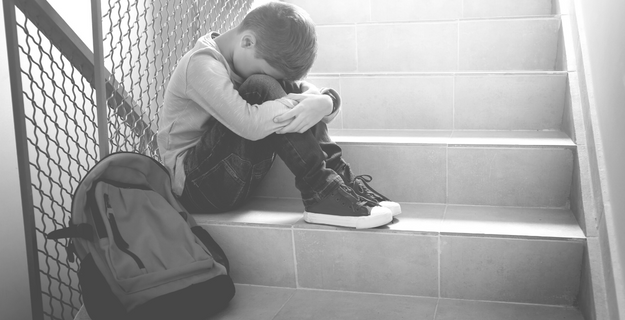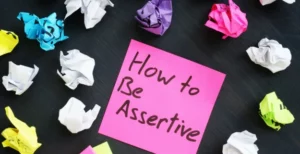In many countries, Bullying especially in children has become a significant health concern, needing strict, elaborative, and evidence-based interventions. The issue with Bullying as an act is that it affects the entire system and every person involved. It increases with age, might differ in gender and its impact is damaging. The nature of bullying could be verbal-non verbal, physical, emotional, social, and now online!
You may encounter a situation where a child is a victim of bullying, or the child himself is bullying other children. In both ways, intervention is essential, in order to dissolve the nasty cycle.
When it comes to bullying, as a parent you would find yourself surrounded by questions such as, ‘Why, really? What is the need? What is the outcome really? ’
There are three strong elements to every bullying scenario- intent, repetition, and most importantly power. The intent here is to cause pain, to the vulnerable, and to exhibit power in order to seek attention. The acts are purely intentional. It is an unfortunate pattern of behavior.
Here are the quick three top reasons for ‘Why do they really bully?’
1.‘I feel I am not enough, I am inadequate, I am going to push you, to hide my issues, you make me feel powerless, I am going to hurt you.’
Children who bully others are clearly struggling with their idea of self. They are most possibly surrounded by an environment that they aren’t happy about. By hurting others, they may discover their ability to dominate someone, which is damaging.
2. ‘I want to control you, to make me feel powerful. I will feel better. I feel I can do things.’
Children who bully, are in desperate need to prove themselves. Most possibly, they have been told ‘they aren’t enough, nor capable or strong’. Hence, outside their space, they are on a quest to prove their strength in all possible ways. Boys usually engage in physical hurt, and girls often exhibit verbal bullying mostly toward known people.
3. ‘I feel jealous of your ability, your smartness, and every nice thing you do. People say good things about you and not me.’
Children who bully others, feel threatened by children who have happy lives, are confident, do well in school, and excel in every aspect.
They may simply not really like their presence. Unfortunately, they fail to see the good things about themselves and in turn wish ill for other children by causing intentional hurt.
So, first things first, let us start with prevention. Here are the top three measures for you:
1. Talking about bullying is important. Once they know what it is, they are more likely to identify it and in turn, can talk to you about it. Find incidences, and opportunities, and seek help with stories. The purpose is to educate and create awareness.
2. Take some moments out, a few minutes actually, to talk about your children about their life around school, friends, breaks, and playtime. There is indeed a more complicated life besides curriculum and grades! It is important to talk about ‘how was your day? How do you like your friends? What was the best part of the day today?’ These aren’t fancy questions. They are doable and give a lot of data. These moments are building a safe space to share the deepest secrets. With time, children become automatic and naturally share things.
3. The power of being a role model is immense. A child could be a victim, a perpetrator, or a bystander. Talk to your child about ‘What to do? Where to go? How to deal with it?’.
So, if you think your child is being bullied, these are the top three actions for you;
1. Mindfully listen to your child. Try not to get panicky, even if you do, settle yourself and think objectively. Tell them you believe in them.
2. Involve the people involved in the situation after you carefully process things. Talk to the school and teachers. Convey that you are informed, concerned, and wish to resolve.
3. Create a safe space for the child to release all anxiety, fears, concerns, and difficulties.
So, if you think your child is bullying others, these are the top three actions for you:
1. Communicate to connect. Try to understand the reasons for their behaviors. There will be a reason, always. Seek professional help to reach out to your child in order to deal with difficult emotions.
2. Examine yourself. A deep introspection could help, as a family, to understand the impact of interactions, the environment, and your behavior at home. Are you modeling behaviors that aren’t been perceived rightly by your child? Is there a loophole? This, in no way, means you are doing a bad job. You are doing your best, and so is your child!
3. Cope together, and find healthy ways to deal with it. Talk about the need to eliminate hurting others, share experiences, and deal with one symptom at a time. Therapy starts at home!
As a parent, know the laws and provide an emotional toolkit to children, and find simple daily measures to equip your child. Children who are raised in an emotionally rich environment are likely to respond constructively to difficult situations.
Prevention starts at home!



